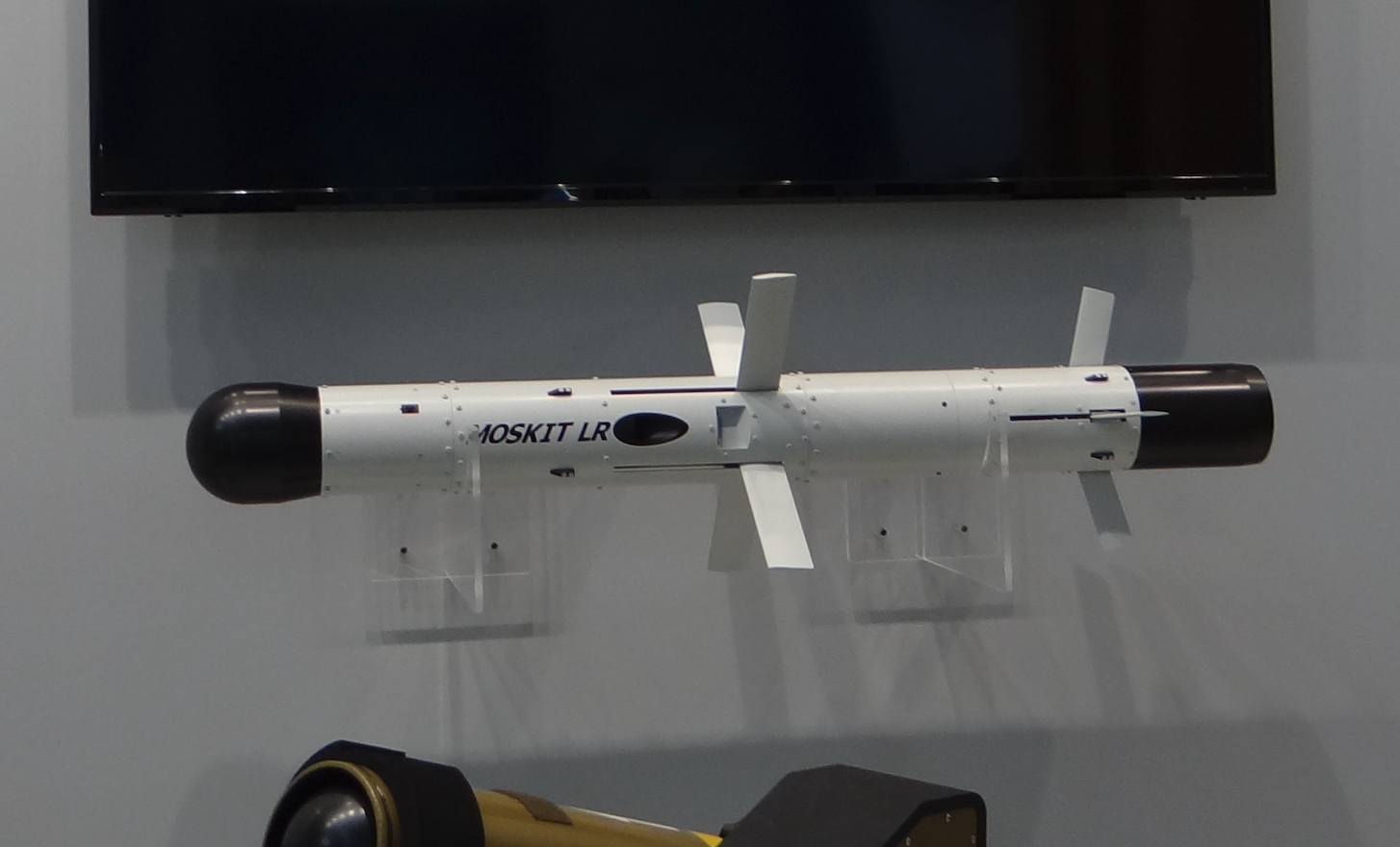Kielce 2025-01-23
Anti-tank guided missile MOSKIT.
WB Electronics presented not only the “Warmate” family drones in Kielce during the MSPO 2024 trade fair, but also once again presented the Moskit ATGM.
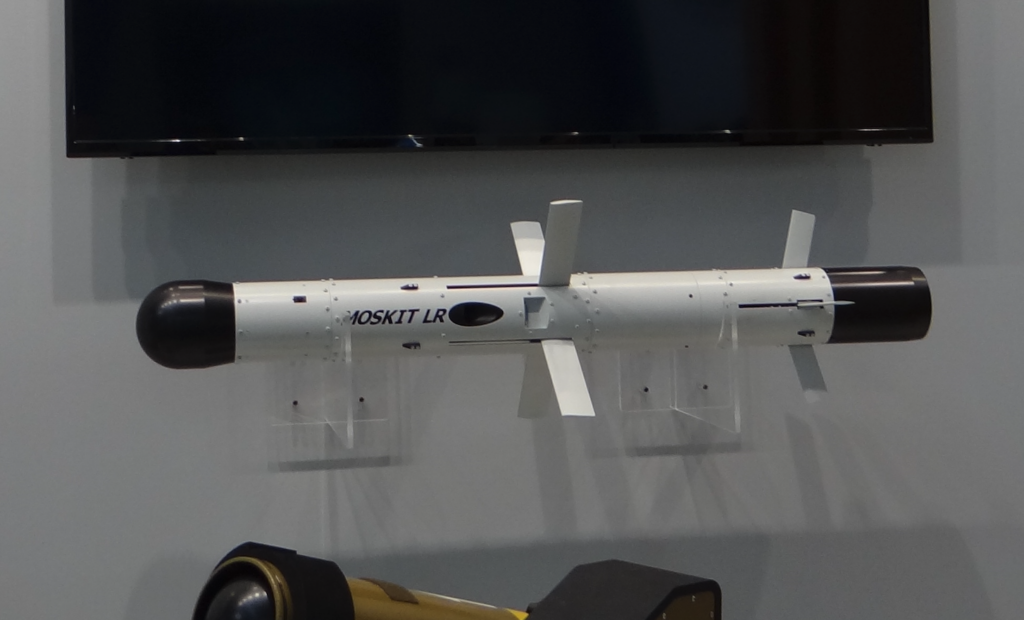
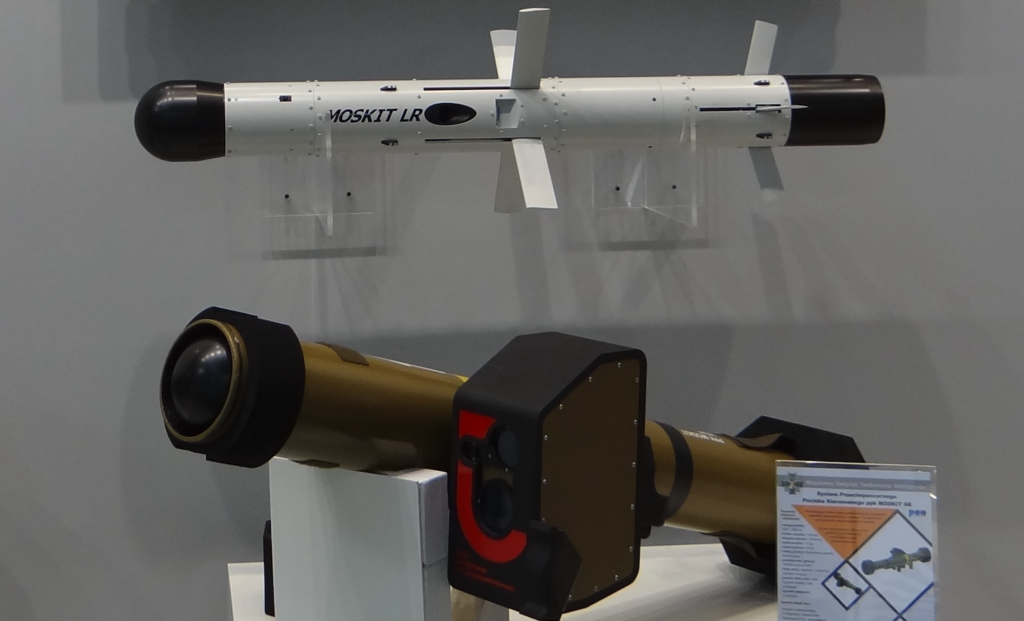
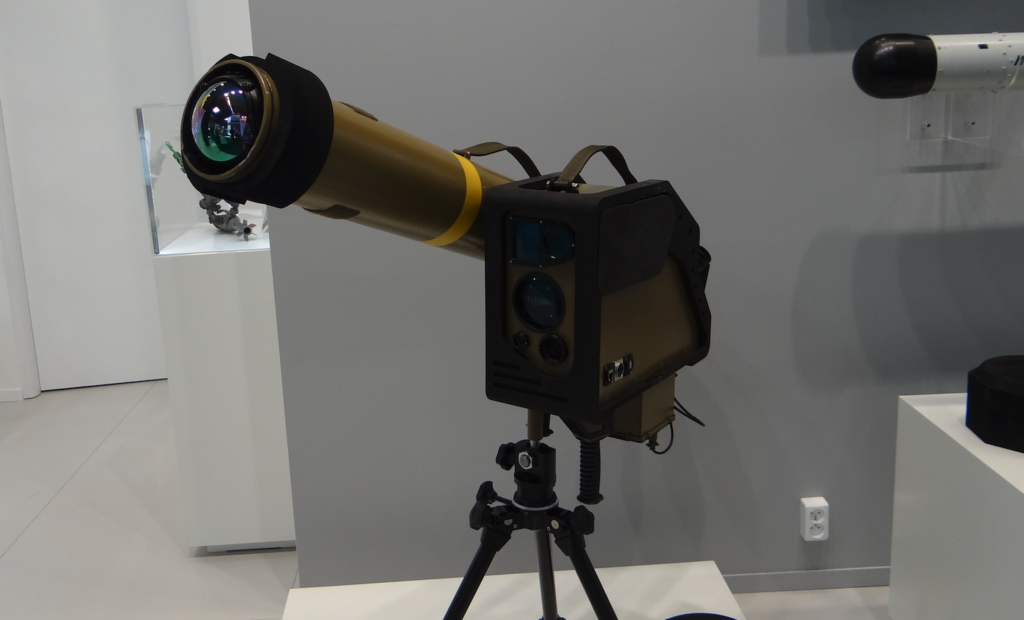
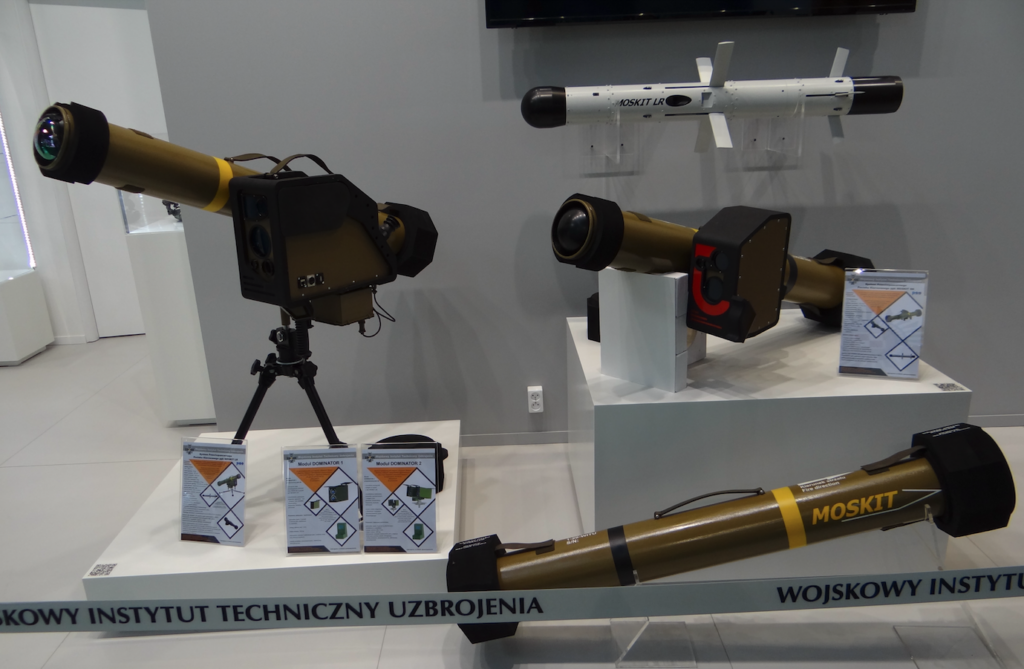
The war in Ukraine has clearly shown that anti-tank guided missiles are still of great importance. In the war, Ukraine uses the American FGM-148 Javelin ATGM as the primary means of striking Moscow tanks. According to press information, out of 112 Javelin ATGMs fired, as many as 100 hit the target. Javelin ATGMs destroyed vehicles such as the T-80BW and T-90. These missiles can be fired from portable launchers, wheeled vehicles and helicopters. Due to the guidance system used, these missiles are expensive weapons, but the probability of destroying the target exceeds 90%.
Since at least 2017, WB Electronics, together with the Military Institute of Armament Technology, has been working on the Moskit ATGM. In general, the Moskit ATGM is the Polish equivalent of the best missiles of this type in the world. From the very beginning, it was planned to develop a LR (long range) version of a long range of up to 5,000 m and a SR (short range) short range. In 2024, the system reached the 6th level of technological readiness, i.e. demonstration of the missile in conditions similar to combat. Level 10 is already commercial production.
Currently (2024), engineers are working on improving the range, increasing the armor penetration capability, and improving the target selection algorithms. The great advantage of the Moskit ATGM is Polish technology, Polish production, the possibility of controlled import and much lower costs than similar global systems. The creators of the system estimate that the commercial missile will be ready in three years (2027). The Moskit ATGM project has been well-known in the industry for years and is supported by many observers. Analysts are already presenting the missile as a solution; for now. In 2024, it was revealed that the program requires financial support from the state.
The Moskit ATGM can be launched by a single soldier, from wheeled and tracked vehicles, as well as from helicopters and unmanned aerial vehicles. The Moskit ATGM penetrates 700 mm of RHA armor. It can be used to engage ground or air targets, such as helicopters in hover at a distance of up to 5,000 m. The missile has a tandem warhead. Targeting is carried out using an image provided by the optical warhead. The Moskit ATGM can be used in the “fire and forget” mode. The CLU (Command Launch Unit) targeting unit is fully functional. The missile uses the Dominator 1 and Dominator 2 modular launchers. Dominator 1 can be in the form of a single 60 kg transport and launch container or as two connected containers, weighing 100 kg. The module is controlled from inside the vehicle, via a joystick. The modules protect the missiles from the effects of weather conditions and are also closed on both sides. The Dominator 1 module can be mounted on the turret of a combat vehicle or suspended under an aircraft. The Dominator 2 module was designed with missile tank destroyers in mind. The mass of the remotely controlled module is 440 kg, including the optoelectronic head.
The competitors of the PPK Moskit are: the American Javelin, the Israeli Spike and others. The demand of the Polish Army for anti-tank guided missiles for wheeled vehicles is several thousand units. More units should be placed on board helicopters and unmanned aerial vehicles. During the United Right government, MPs from the Parliamentary Club of the Civic Coalition pressed the government to make specific decisions regarding the financing of the PPK Moskit program. However, when the Volksdeutsche, communists and freemasons came to power, they forgot about the PPK Moskit program. The Polish arms industry has developed the Pirat and Moskit ATGMs, but to this day (2025) they have not been introduced into the equipment of the Polish Armed Forces.
Written by Karol Placha Hetman

